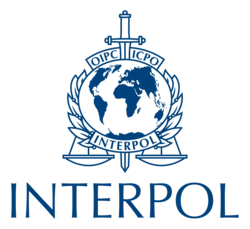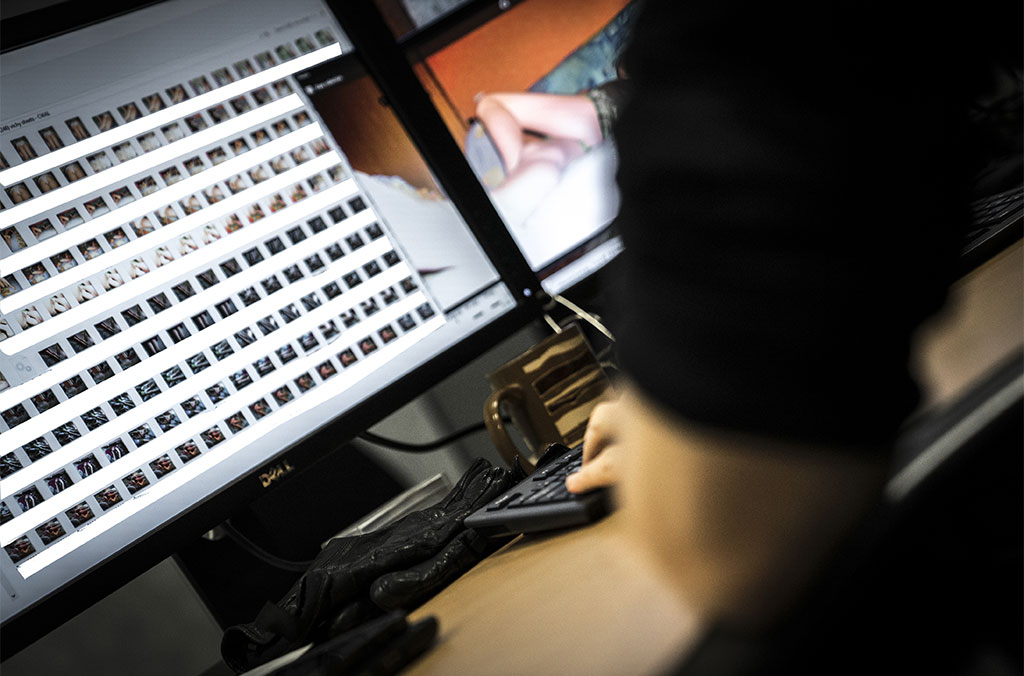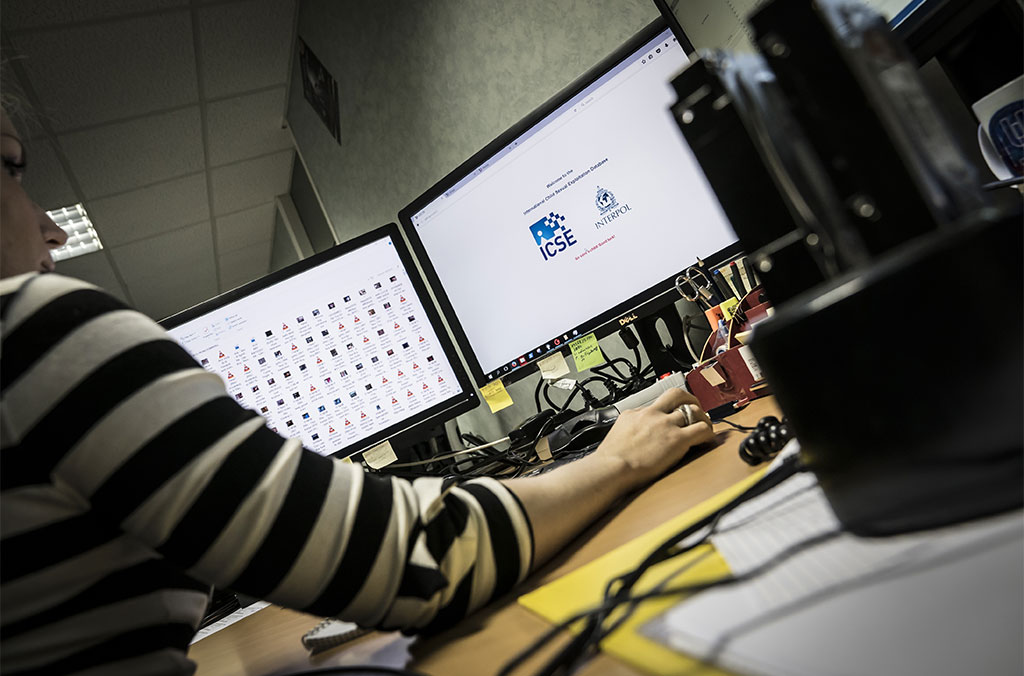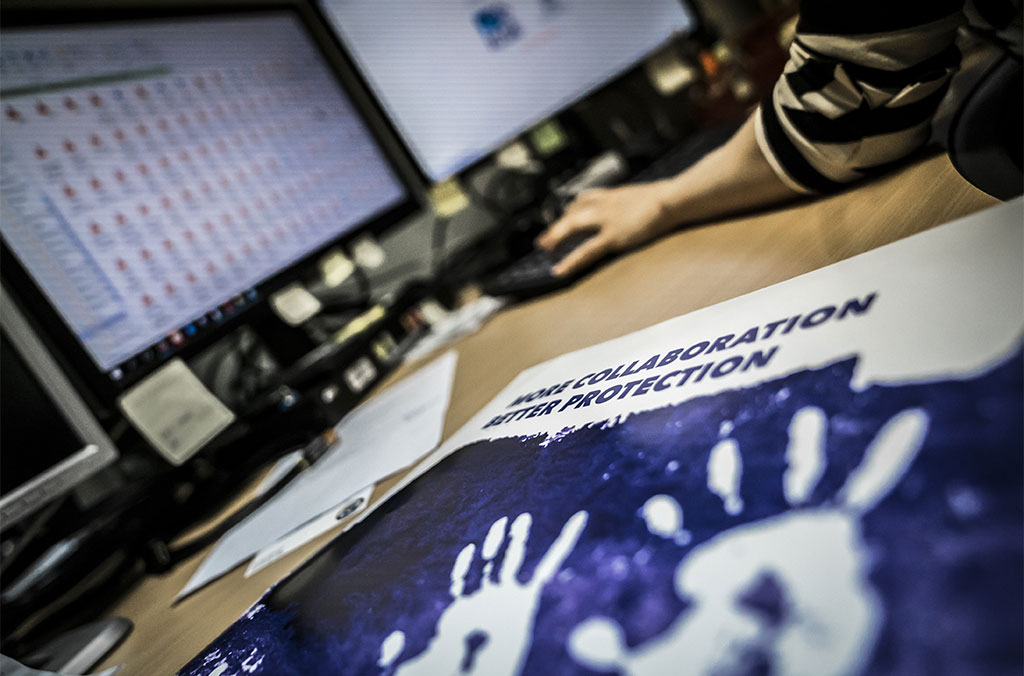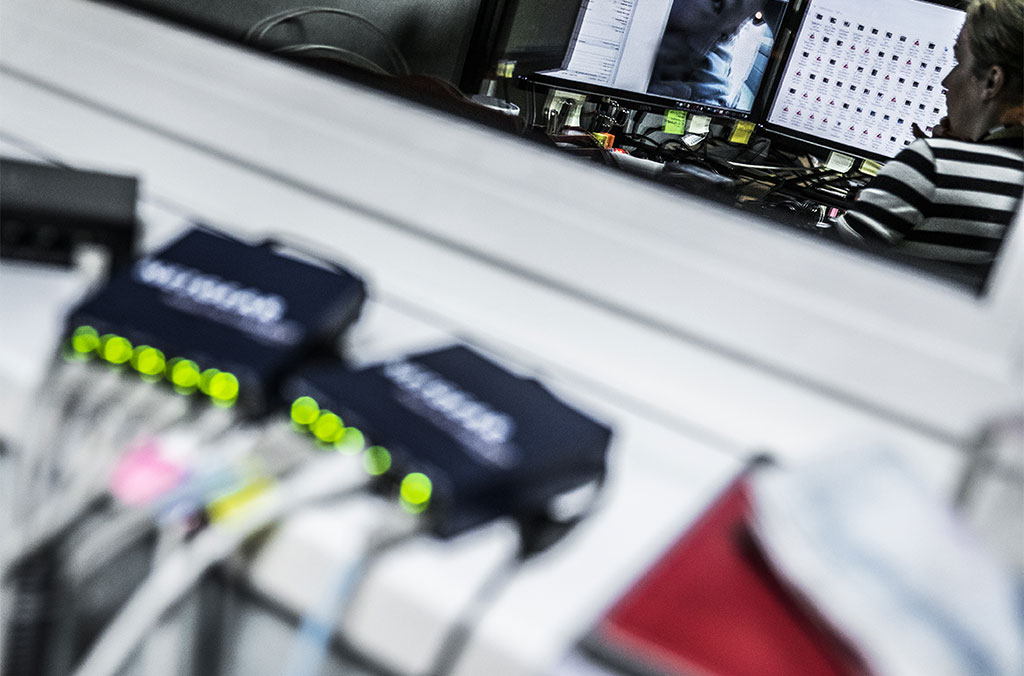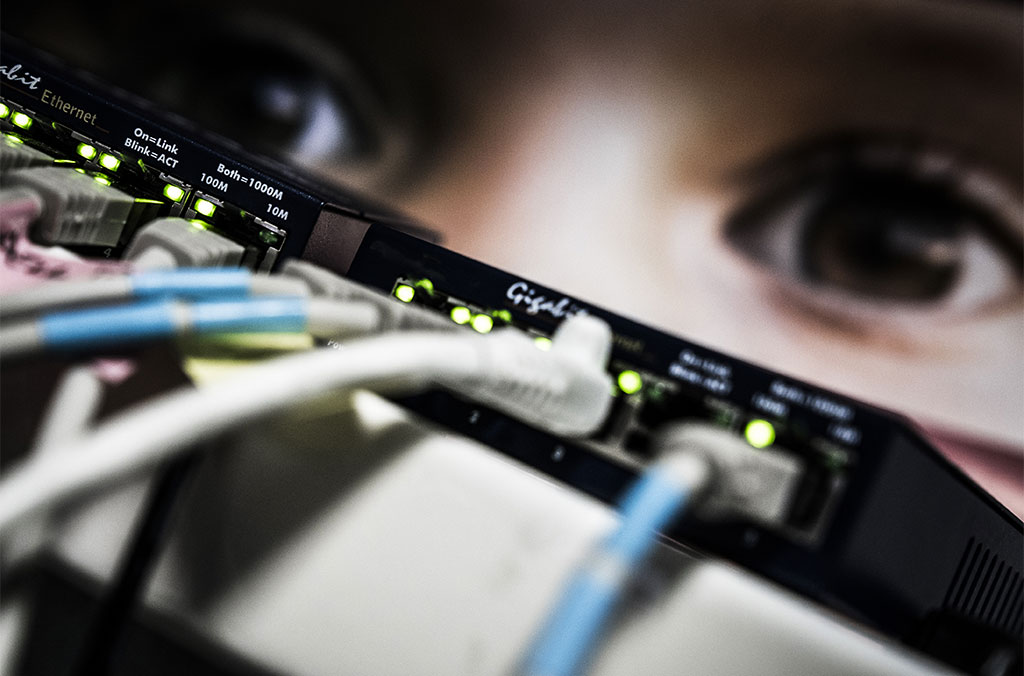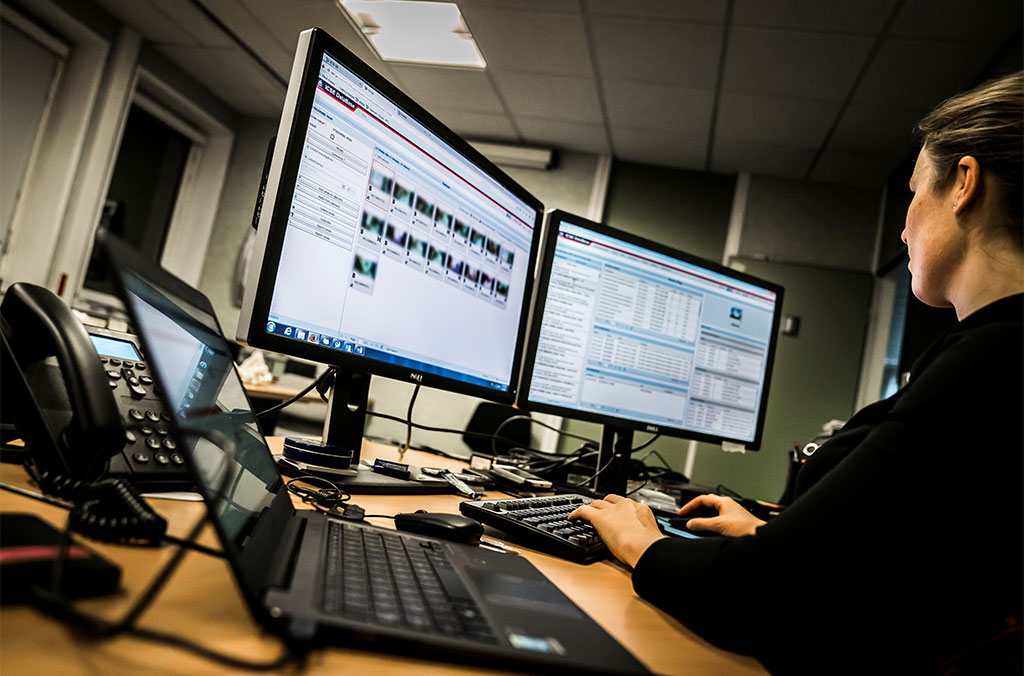LYON, France – Ten thousand victims of child sexual abuse around the world have now been identified through INTERPOL’s International Child Sexual Exploitation (ICSE) database.
The only global platform of its kind, INTERPOL’s ICSE database enables specialist officers to use sophisticated image and video comparison software to make connections between victims, abusers and locations.
By analysing the digital, visual and audio content of photographs and videos, victim identification experts can retrieve clues, identify any overlap in cases and combine their efforts to locate the victims.
Available through INTERPOL’s secure global police communications system, I-24/7, certified users in member countries can access the database directly and in real time, providing immediate responses to queries related to child sexual exploitation investigations.
In one case, officers were able to identify and arrest a suspected abuser and rescue the victim just 10 hours after images were shared via the ICSE database. Photos of an unknown location and offender uploaded by Australia, were then identified by specialists in the US, which together with INTERPOL’s Crimes Against Children unit issued an alert to the national authorities in the European country concerned.
INTERPOL Secretary General Jürgen Stock said the rescue of victims around the world underlined the value of transnational police cooperation via INTERPOL’s unique global platform.
“Whilst we are pleased to have assisted law enforcement around the world identify and rescue 10,000 victims of child abuse, this is just the tip of the iceberg,” said Secretary General Stock.
“The scale of this crime is shocking, made worse by the fact that these images can be shared online globally at the touch of a button and can exist forever. Each time an image or video clip is shared or viewed, the child is being re-victimized.
“INTERPOL is committed to supporting the vital work being done every day around the world by the specialist officers investigating these horrific crimes, but more can still be done. Governments, the private sector and the public also have a role to play in protecting the most vulnerable members of our communities,” concluded the Secretary General.
In addition to providing access to the database, an essential part of INTERPOL’s work is with law enforcement at the local and national level to build capacity and provide training for officers in combating the sexual abuse and exploitation of children around the world.
With child abuse material more likely to show the face of the victims than the abuser, online victim identification combines image analysis and traditional investigative methods. The ICSE database provides investigators with access to millions of photos and videos of victims, some as young as a few days old.
“Each and every image of child abuse is evidence of a serious crime, and it is the duty of the police to investigate,” said Mick Moran, head of INTERPOL’s Vulnerable Communities unit which includes the Crimes Against Children section running the ICSE database.
“The more officers who are trained and have access to global images, the higher the odds of identifying and rescuing victims.
“It is also important for national databases to be connected globally, to help avoid duplication of effort. Similarly, too often images are destroyed after they have been seized, when they could have provided the vital piece in a global jigsaw and race to save a child abuse victim,” added Mr Moran.
The 10,000 identification milestone comes less than seven years after the ICSE database, backed by the G8 and funded by the European Commission (EC), was launched as the successor to the INTERPOL Child Abuse Image Database (ICAID) created in 2001.
To meet the ongoing advances in technology, the ICSE database has undergone several updates. In February 2016 the third version was released, extensively expanding the database’s features to include video analysis tools.
Version four of the database is currently under development, with financial support from the EC, which will enable connectivity with national child abuse material databases.
External support, from both the public and private sectors, is welcomed for input and support in developing the next generation of the database to meet the evolving technological challenges of the future.
Currently 49 countries are connected to the ICSE database: Andorra, Argentina, Australia, Austria, Belarus, Belgium, Brazil, Bulgaria, Canada, Chile, Colombia, Croatia, Cyprus, Czech Republic, Denmark, Estonia, Finland, France, Georgia, Germany, Greece, Hungary, Iceland, Ireland, Israel, Italy, Japan, Korea, Latvia, Lithuania, Luxembourg, Moldova, Netherlands, New Zealand, Norway, Poland, Portugal, Romania, Russia, Slovakia, Slovenia, Spain, Sweden, Switzerland, Turkey, Ukraine, United Kingdom, United States and Vietnam. Europol is also connected to the database.
Note on terminology
At INTERPOL, we support the use of appropriate terminology to avoid trivializing the sexual abuse and exploitation of children.
Terms such as ‘kiddy porn’ and ‘child porn’ are used by criminals and should not be legitimate language used by law enforcement, judiciary, the public or media.
Appropriate terms are ‘child sexual abuse’, ‘sexual exploitation of children in the context of travel and tourism’ and ‘exploitation of children in/for prostitution’.
Terms to be used with caution, or avoided completely, include ‘child pornography’, ‘child sex tourism’ and ‘child prostitution’.
The Terminology Guidelines for the Protection of Children from Sexual Exploitation and Sexual Abuse, also known as the Luxembourg Guidelines, offer guidance on terms in relation to the exploitation and sexual abuse of children.
